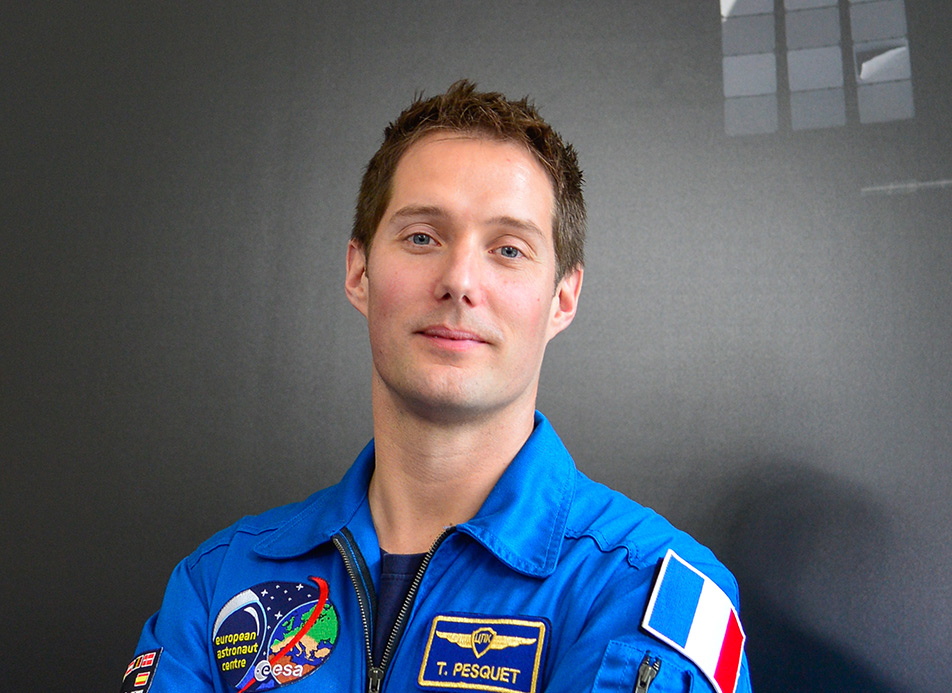
Thomas Pesquet
(English) Pass the solar array, deploy – Thomas and Shane’s spacewalks in depth
(English) On Wednesday 16 June and Sunday 20 June ESA astronaut Thomas Pesquet and NASA astronaut Shane Kimbrough are going to get into their Extravehicular Mobility Units – or spacesuits – and return outside the International Space Station for the third time together. Their mission on both spacewalks: to install new solar arrays that will increase power to the outpost.


